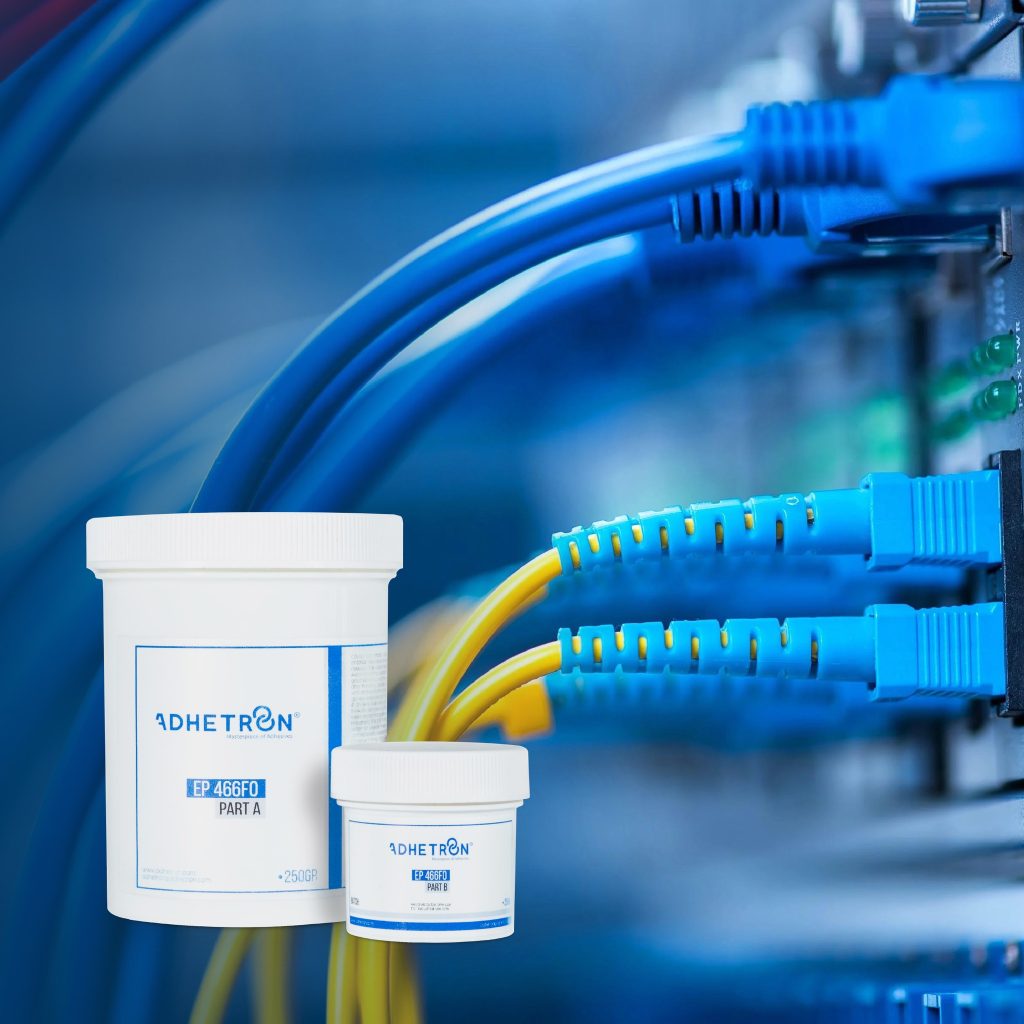Introduction to Fiber Optic Termination
Fiber optic termination is the process of connecting optical fibers to each other or to other components, such as connectors or transmitters, in order to transmit data through the fiber optic network. This process is crucial for ensuring the efficient and reliable transmission of data in fiber optic communication systems. Fiber optic termination involves several important steps, including fiber preparation, cleaving, connectorization, and testing.
When it comes to fiber optic termination, precision and accuracy are of utmost importance. Any small error in the termination process can lead to signal loss, reflection, or other performance issues. Therefore, it is essential to follow best practices and use high-quality tools and equipment to achieve optimal termination results.

The Importance of Proper Fiber Preparation
Proper fiber preparation is the first and most crucial step in the fiber optic termination process. It involves stripping the fiber cable, cleaning the fiber, and inspecting it for any defects or damage. The quality of the fiber end face has a significant impact on the performance of the termination, as any dirt, scratches, or imperfections can cause signal loss and reflection. Therefore, it is essential to use the appropriate tools and techniques for fiber preparation to ensure a clean and smooth end face.
One of the most commonly used tools for fiber preparation is the fiber optic stripper, which is designed to precisely remove the fiber coating without damaging the glass underneath. After stripping the fiber, it is important to clean the exposed end face using lint-free wipes and appropriate cleaning solutions. Additionally, a fiber inspection microscope can be used to examine the end face and identify any defects that need to be addressed before proceeding to the next step of termination.
The Art of Cleaving in Fiber Optic Termination
Cleaving is the process of precisely cutting the fiber to create a smooth, flat end face that is perpendicular to the fiber axis. A high-quality cleave is essential for achieving low insertion loss and high return loss in fiber optic termination. There are different methods and tools available for cleaving, including manual cleavers, automatic cleavers, and scribe-and-break techniques. Manual cleaving involves using a handheld cleaver to score and break the fiber, while automatic cleavers use a blade to achieve a consistent and precise cleave every time. The scribe-and-break technique, on the other hand, involves using a diamond or carbide scribe to create a weak point in the fiber, followed by a controlled break to obtain a clean end face. Regardless of the cleaving method used, it is important to ensure that the cleave angle and end face quality meet the specifications required for the specific termination method and connector type being used. Proper cleaving is essential for achieving low reflectance and high mechanical strength in the terminated fiber.

Connectorization in Fiber Optic Termination
Connectorization is the process of attaching a connector to the prepared end of the fiber to enable it to be easily connected and disconnected from other components in the fiber optic network. There are various types of connectors available for different applications, including SC, LC, ST, FC, and MTP connectors, each with its own unique termination and polishing requirements. The connectorization process involves securing the fiber in the connector ferrule, epoxy curing (in some cases), polishing the end face, and inspecting the connector for proper alignment and cleanliness. The quality of the connectorization process directly impacts the performance and reliability of the terminated fiber, making it essential to follow best practices and industry standards for connectorization.
Testing and Quality Assurance in Fiber Optic Termination
Once the termination process is complete, it is essential to perform thorough testing and quality assurance to ensure that the terminated fiber meets the required performance specifications. Testing may involve measuring insertion loss, return loss, end face geometry, and other key parameters using specialized equipment such as optical power meters, light sources, and fiber inspection microscopes. In addition to quantitative testing, visual inspection of the terminated fiber is crucial for identifying any defects or imperfections that may affect its performance. Proper testing and quality assurance processes are essential for ensuring the reliability and longevity of the terminated fiber in real-world applications.
Conclusion & Adhetron
Fiber optic termination is a critical process in fiber optic communication systems, and it requires careful attention to detail and adherence to best practices to achieve optimal results. Proper fiber preparation, cleaving, connectorization, and testing are essential steps in the termination process, and each step plays a significant role in the overall performance and reliability of the terminated fiber.
Adhetron’s EP 466FO is a two component, epoxy-based adhesive which is excellent for the connectrorization process in fiber optic termination process. EP 466FO is specifically designed for semiconductors, hybrid, fiber optic, and medical applications.


